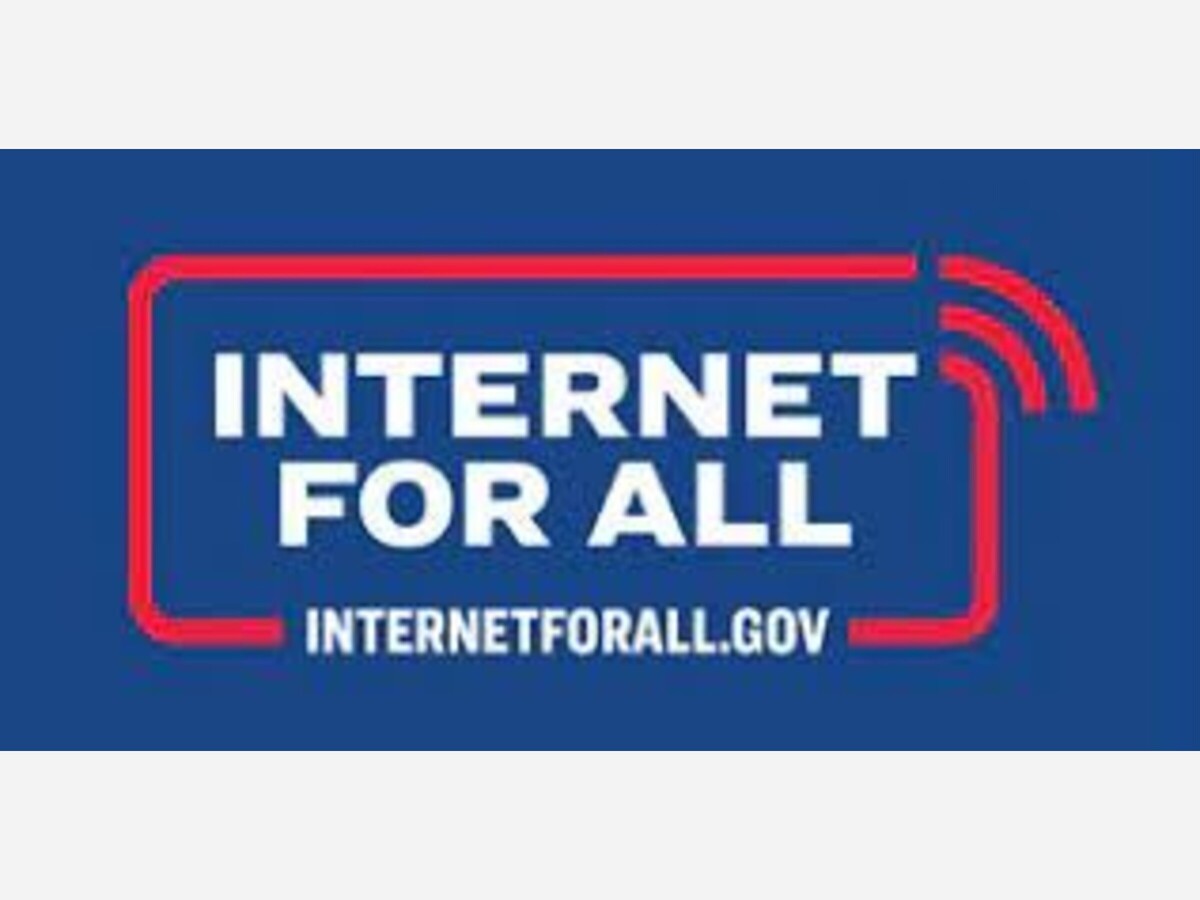Image

Closing the WiFi Connection Gap (i.e., DIGITAL DIVIDE) has been an ongoing problem since the advent of personal computers and in-home dial-up and high speed internet services.
As time goes on and access broadens, the federal government finds itself in the position of helping to make certain everyone has access, including those financially incapable of having their own services without help.
With the recent infusion of $1.3 billion into Georgia’s expansion, Democratic Senator Raphael Warnock and Democratic House Representative Lucy McBath were among those who lauded the investment as a 'significant step' toward providing more affordable, reliable high-speed internet access to thousands of Georgians. The $90 Billion national effort includes a $42.45 billion grant from the Broadband Equity, Access, and Deployment program ('BEAD') to build thousands of miles of fiber-optic cables and provide a $30 monthly discount on internet bills for economically disadvantaged families.
The Georgia Budget and Policy Institute defines economically disadvantaged as Georgia’s public school children who participate in the federal free and reduced-price lunch program, the benchmark used nationally to identify these students. In December of 2016, more than 62-percent, or 1 million+ Georgia students were considered economically disenfranchised. Under more stringent restrictions, that number was cut down to about 35-percent.
Currently, students in Georgia are considered economically disadvantaged if they live in a family receiving Supplemental Nutrition Assistance (SNAP) benefits, aka "food stamps," live in a family receiving Temporary Assistance for Needy Families (TANF) benefits, are identified as homeless or are living in Foster Care and/or are identified as migrant.
The Federal Communications Commission (FCC) reports: The Affordable Connectivity Program replaced the Emergency Broadband Benefit on December 31, 2021. Learn more about the Affordable Connectivity Program by visiting fcc.gov/ACP.
A household is eligible if a member of the household meets just one of the criteria below: